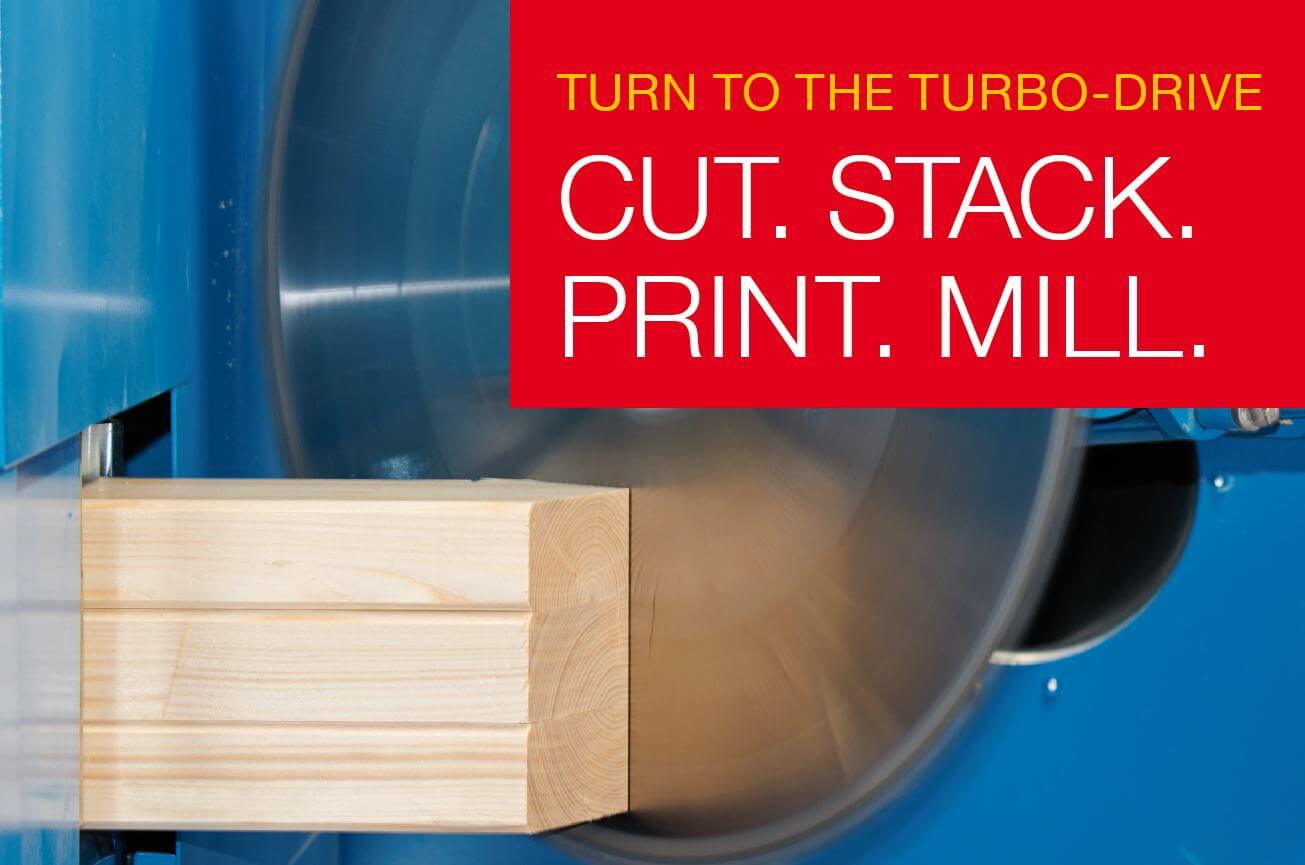

How fast does a saw need to be to be fast enough? How do we measure speed? Is it cubic metres per shift, number of components per hour, lineal metres per shift? It doesn’t really matter – whatever works best for you to assess the capacity and speed of a saw. For this article – we will just use components per shift as a unit of measure.
Regardless of the unit of measure, it is important that your linear saw has capacity – more than you need when you buy it. I have been involved in specifying timber processing machinery for 30 years and of the many things that don’t change – machine capacity remains a key factor in decision-making for capital equipment. If your new linear saw capacity is “full” from day one – you have bought the wrong saw.
I regularly speak to fabricators who say “that Hundegger will cut all my timber in half a day – I don’t need that, it’s too much saw for my operation”. So, they may consider a slower cheaper priced saw. But there is a massive difference between lower price and lower cost. Let’s look at two scenarios – Fabricator Martin and Fabricator Hans.
Martin looks for a slightly cheaper but lower capacity saw. He purchases a saw for $330,000 on a 4yr, 0 residual lease. The cheaper, lower capacity saw is then used 8 hours a day. Things are good and in two years, Martin has seen his business grow, they are producing say 2000 – 2200 components per shift. However, the saw is now “maxed out” and Martin needs more capacity. The saw is still under lease and not a viable proposition to sell, so six months later, Martin must buy a second saw, doubling up on floor space and operator wages. He is now producing around 3500 components per shift with “net floor space” of 320m2 with 4 operators. He is now paying off the old lease and the new lease with a combined saw debt of $502K and repayments of $15K per month.
Hans however decides to pay a little more and go with the fast saw from day one. He purchases a saw for $380,000 also on a 4yr 0 residual lease. His lease repayments are $50 a day more than Martins. Hans’s fast saw is only used 3-4 hours a day and he can use those staff elsewhere in the plant assembling the components they produced earlier. Like Martin, Hans then finds his business grows and the fast saw is now producing 2200 components comfortably per shift. Happy days, Hans is now using the fast saw for 4-5 hours a day and still utilising the extra hours of his staff that the faster saw gives him. Hans is producing the same as Martin, but with less than two full time employees and in only half the floorspace. His power, air and maintenance costs are also lower. Two and a half years down the track and he is in a good place, knowing his fast saw can cut over 4000 components in a shift, so he still has no need to reinvest. Hans is happy. His single original lease is more than half paid off, his debt is $198K and the repayments are only $8.7K per month.
Be smart – be like Hans, buy a fast saw.
Note, finance data supplied by FinLease Equipment Finance
This article was provided by Sam Rowe of FTMA Bronze Sponsor, Hundegger.


